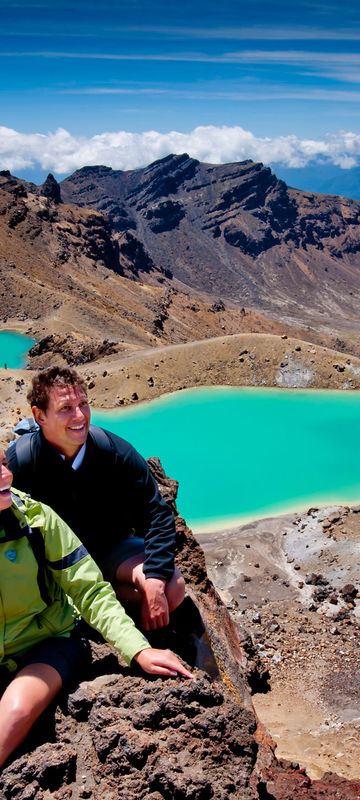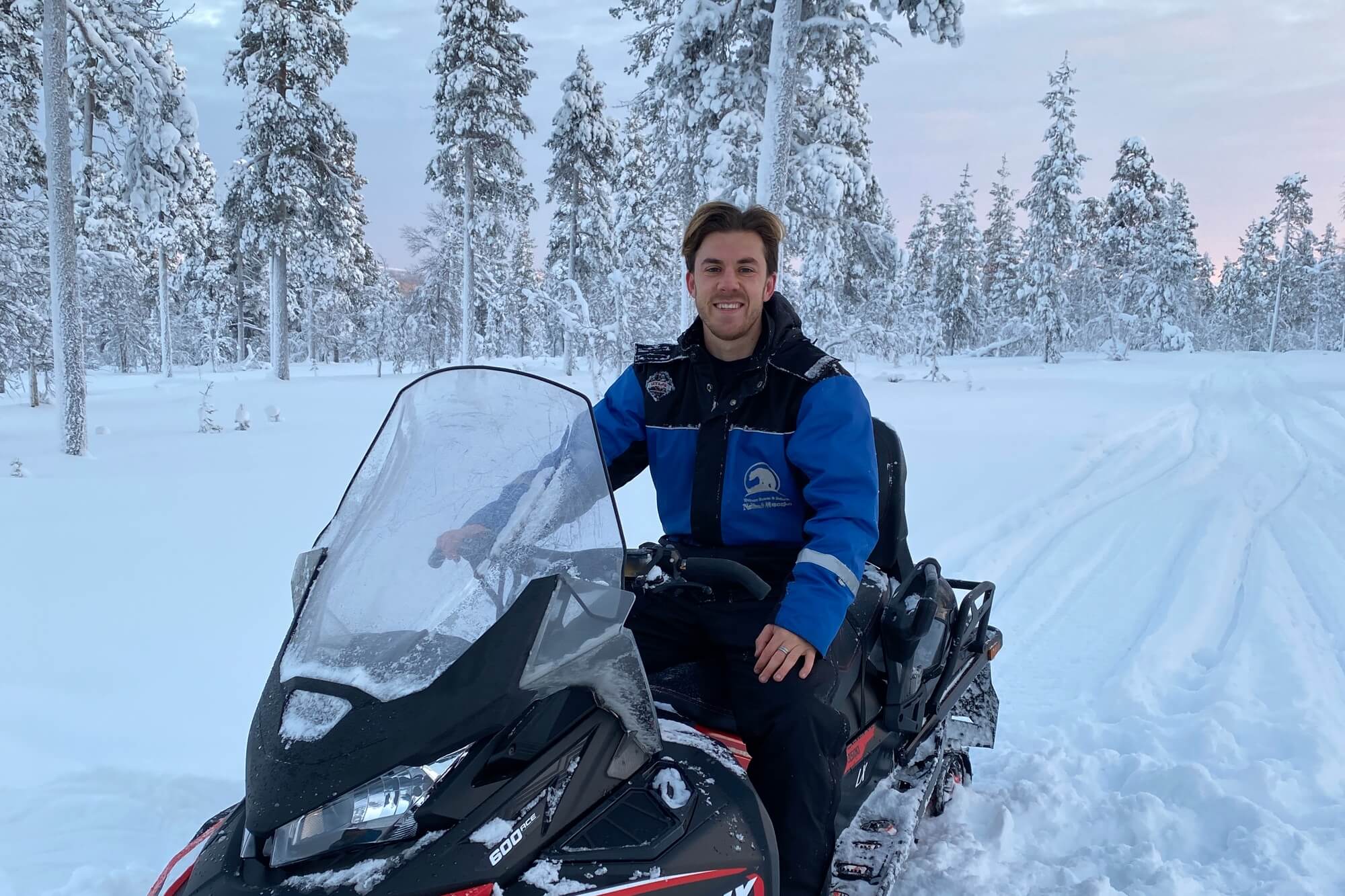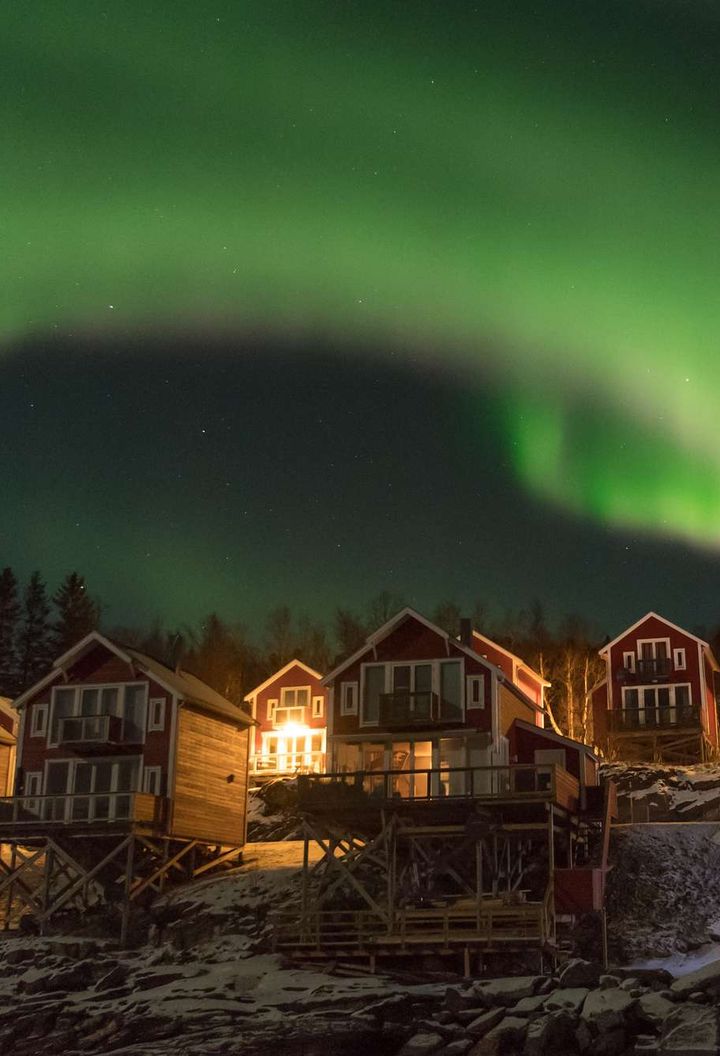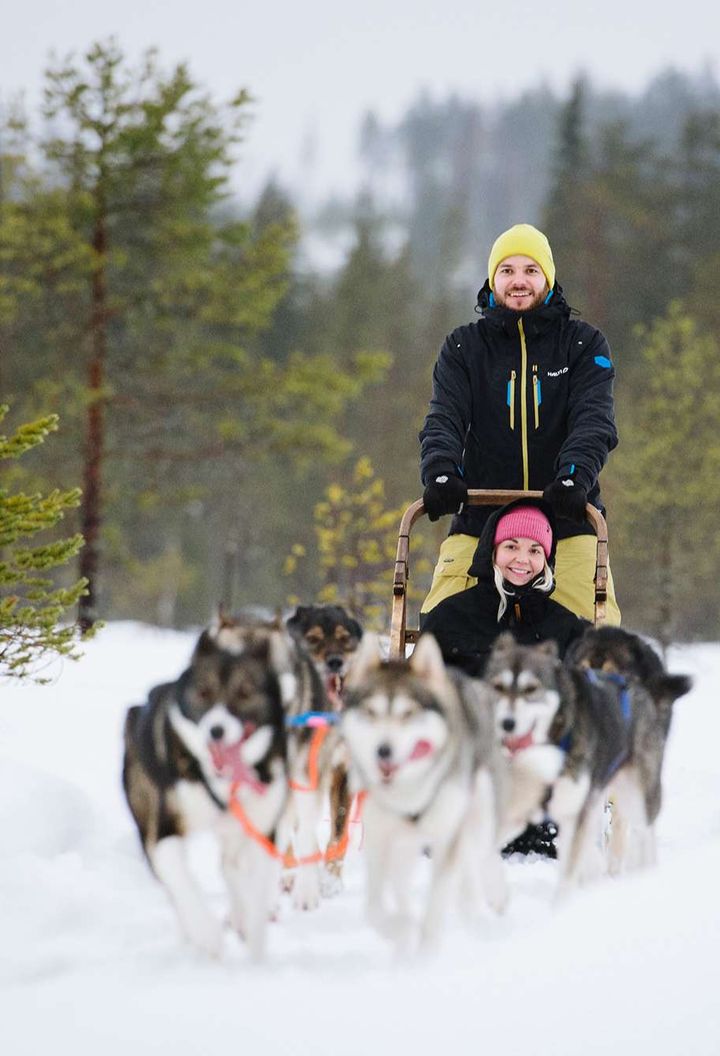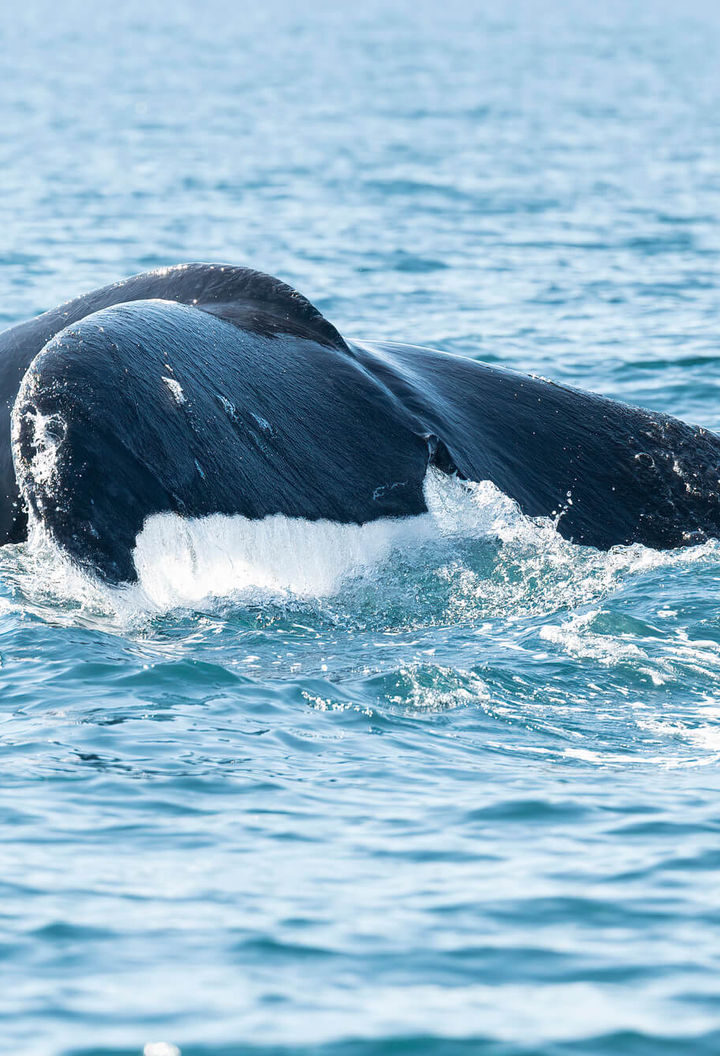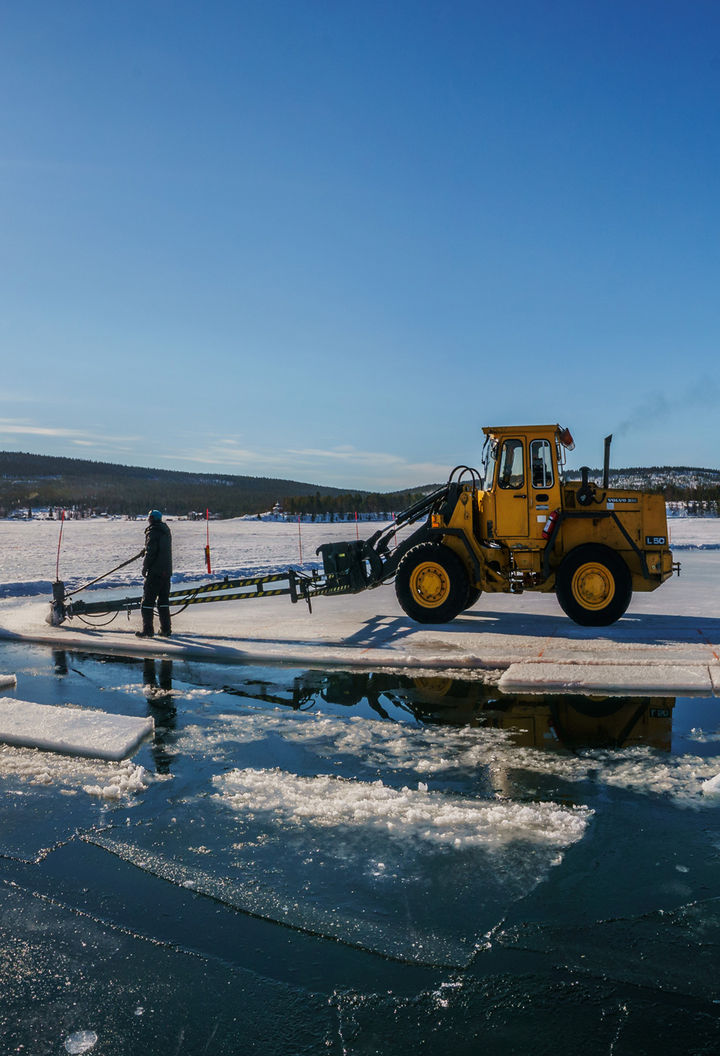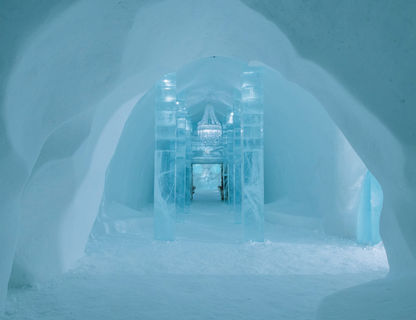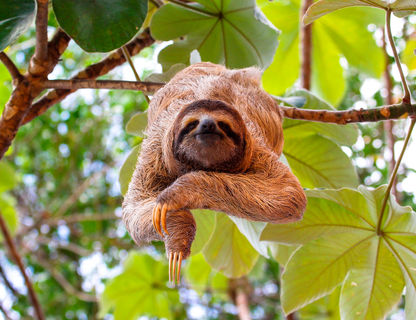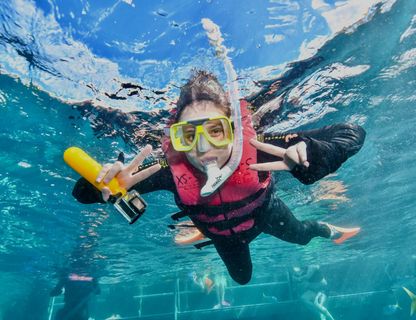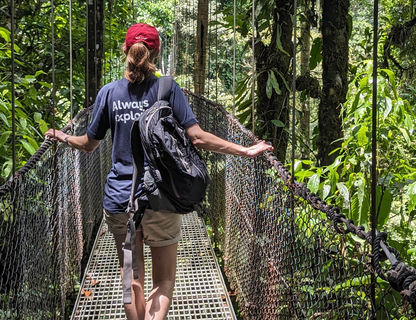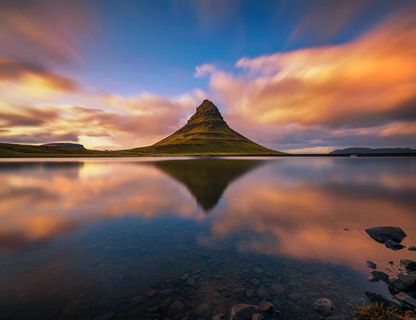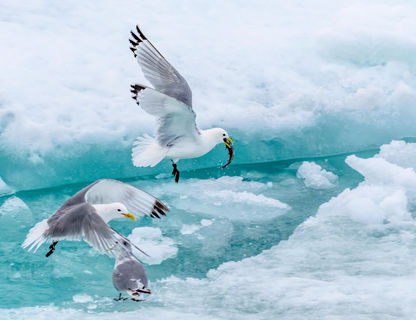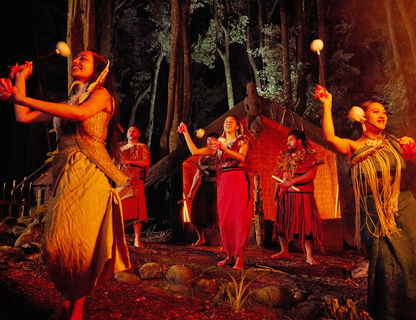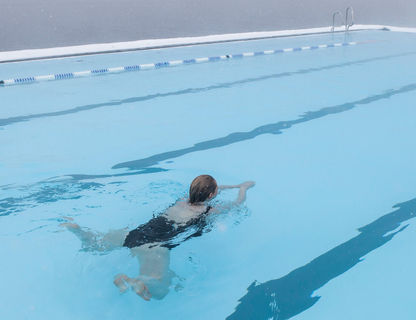Aurora activity peaks around spring equinox
The science is complicated, but the evidence (based on research by NASA) is compelling: there are generally periods of high geomagnetic activity in the weeks around the spring equinox – up to twice as many geomagnetic storms – which often lead to brighter, stronger displays of the northern lights. The tilt of the earth during the equinoxes means that the earth’s geomagnetic field aligns with approaching solar winds, ‘encouraging’ solar particles to enter our atmosphere and trigger the reactions that create the lights of the aurora borealis. Anywhere within the so-called Auroral Oval is a good place to head to witness the phenomenon. Prime locations include Abisko National Park in Swedish Lapland (renowned for its cloud-free skies) and wilderness lodges far from artificial light pollution, such as Hotel Ranga and Hotel Husafell (Iceland), Brandon Lodge (Sweden), Malangen Resort (Norway) and Nellim (Finland).
























